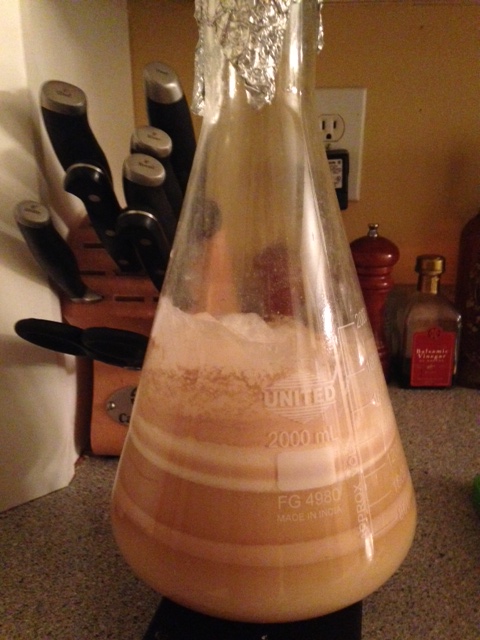2005STi
Well-Known Member
I brewed this beer 7 weeks ago and it's just starting to come around. It's finally getting that centennial smell and a bit of that two hearted flavor. It's still a little astringent but I think that's because my final volume was lower leaving me with more a higher OG/IBU ratio. I left it in the primary for 3 weeks, kegged and sat for a week. It tasted way off so I took it out to condition at 70deg for a week then back into the fridge for the past two weeks.
I'd be interested to brew it again and try to nail my process better and see if it makes the difference. But if this is a beer that takes 7-8 weeks to be drinking its best, I'd rather use my fermenters/kegs on beers with better turn arounds like 5-6 weeks.
I'd be interested to brew it again and try to nail my process better and see if it makes the difference. But if this is a beer that takes 7-8 weeks to be drinking its best, I'd rather use my fermenters/kegs on beers with better turn arounds like 5-6 weeks.




